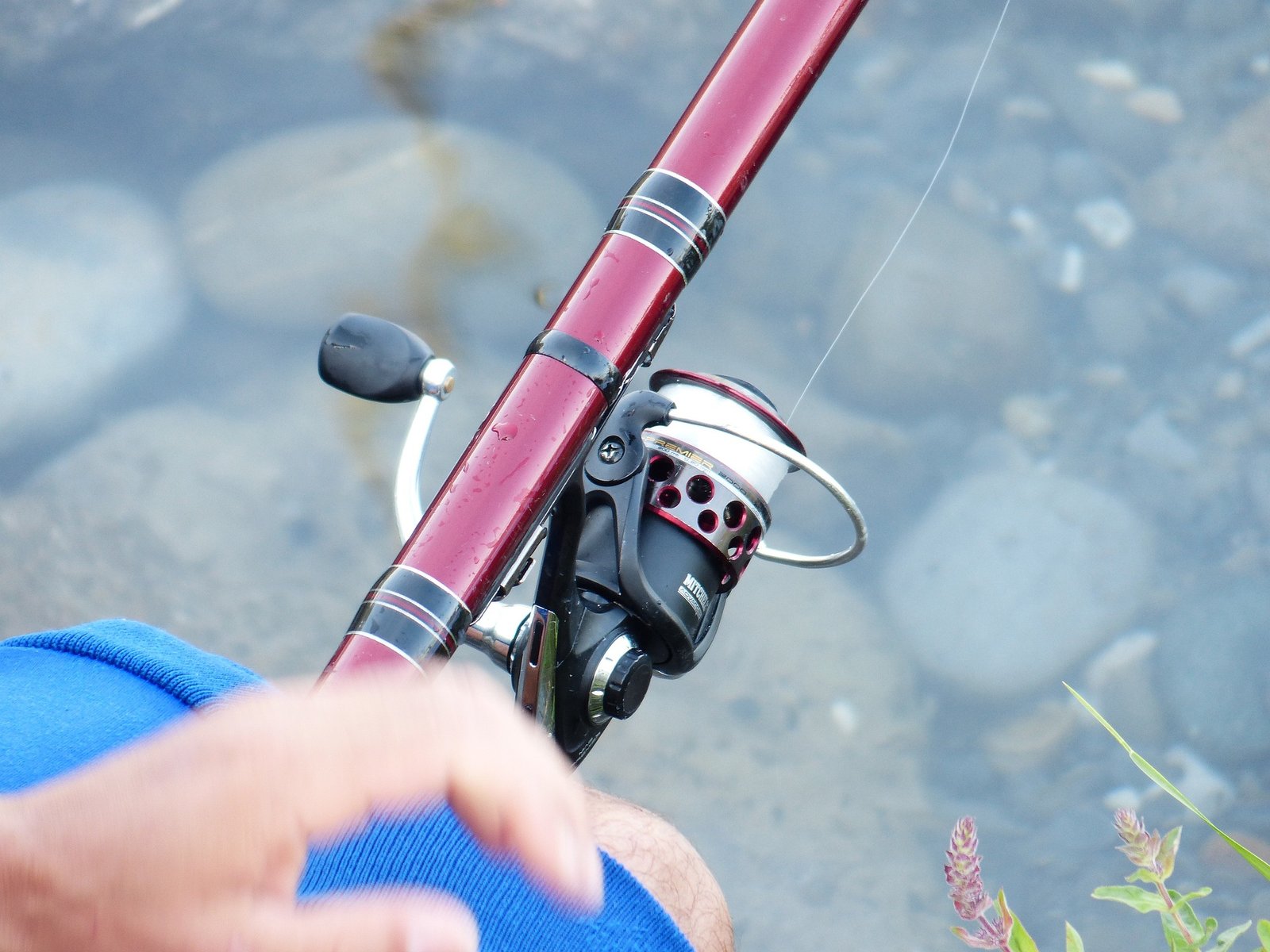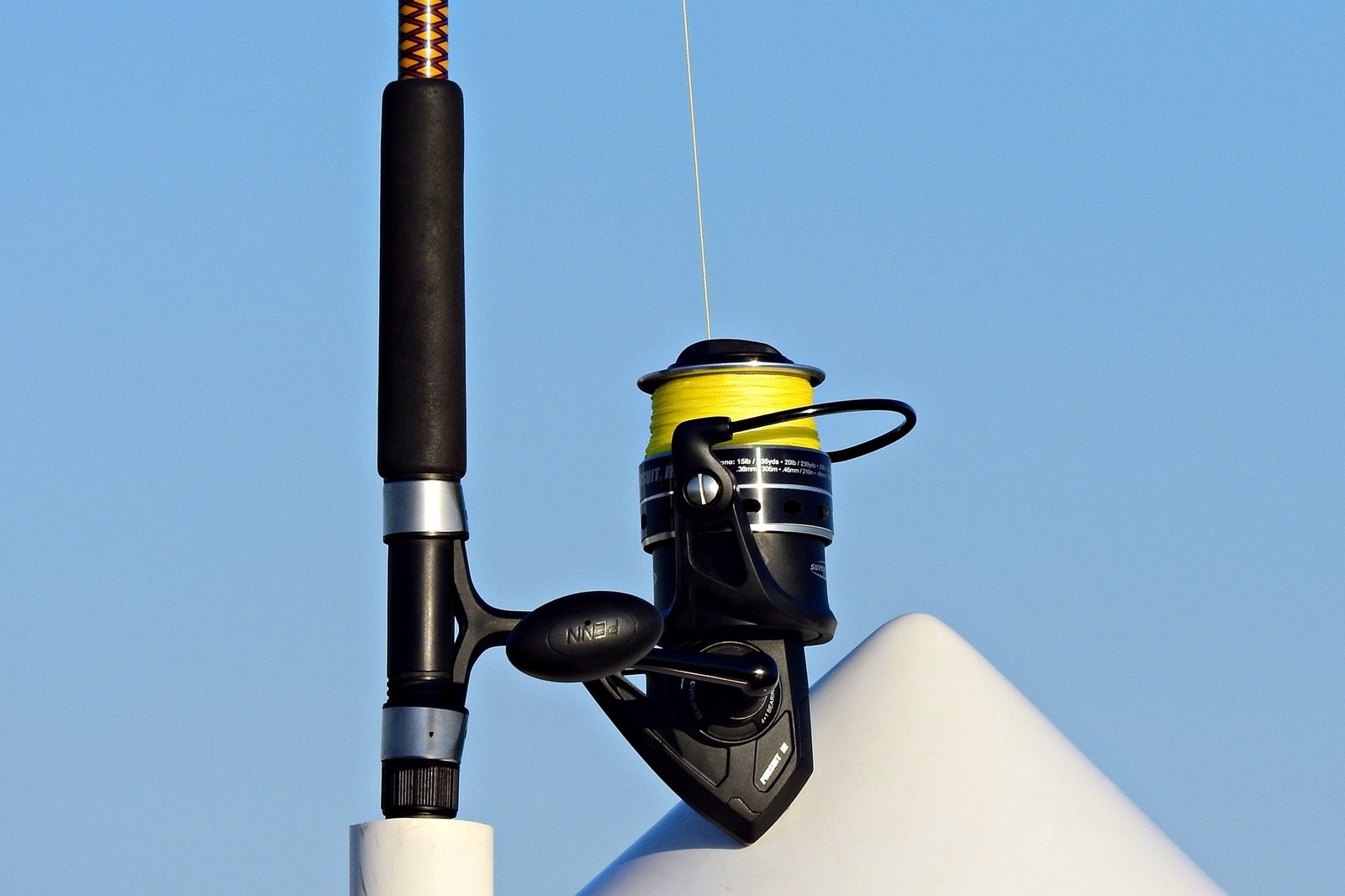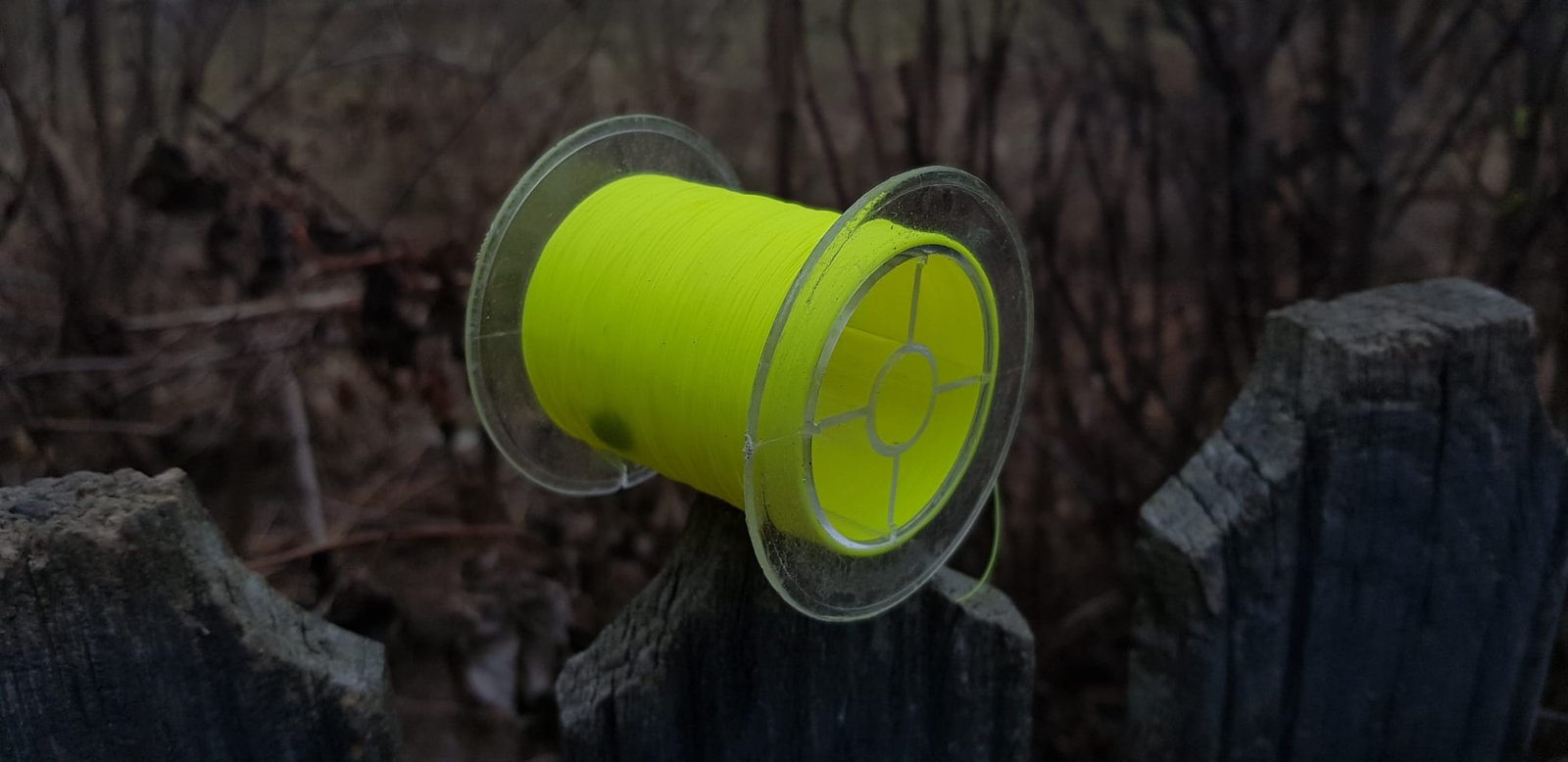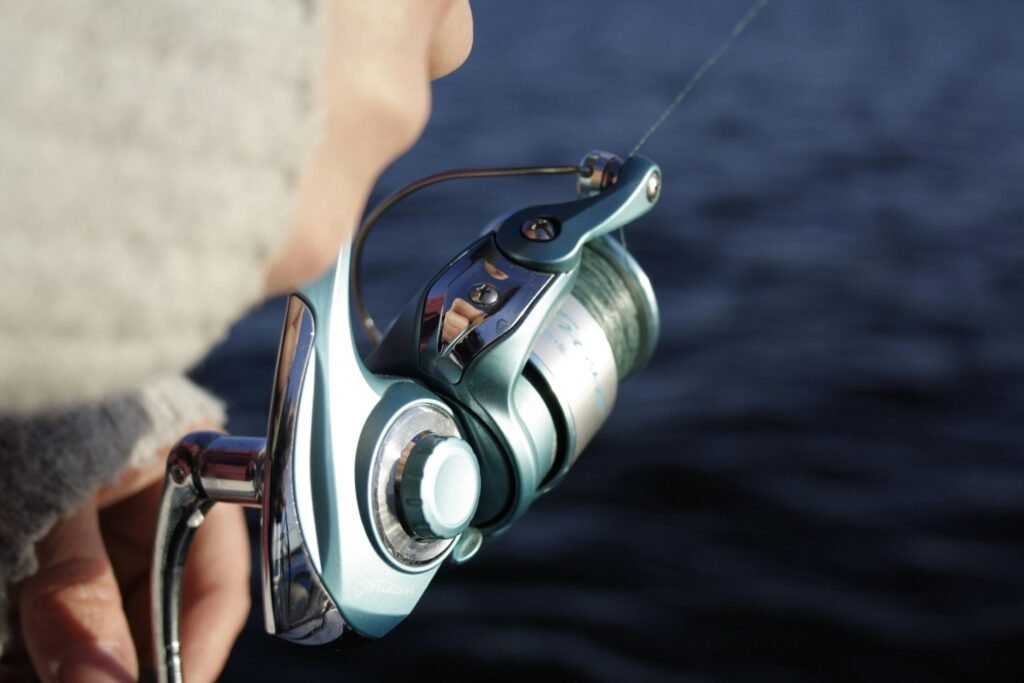
If you’re wondering about saltwater fishing lines, you have to think about a few things like abrasion-resistance, pound test and resistance to saltwater corrosion. The best saltwater fishing lines include braided lines like Sufix 832, fluorocarbon leaders like Seaguar Blue, and monofilament such as Sufix Siege.
Each type of line has its strengths. Braided lines offer great strength and sensitivity, while fluorocarbon is nearly invisible underwater. Monofilament remains popular for its ease of use and forgiving nature. Your choice depends on the type of fishing you plan to do and your personal preferences.
When picking your saltwater fishing line, think about the fish you’re targeting and the conditions you’ll face. A heavier line may be needed for big game fish or fishing near structures. Lighter lines can be better for finesse techniques when fish are picky. No matter what, make sure to match your line to your rod, reel, and fishing style for the best results.
How does each line type stand against saltwater?
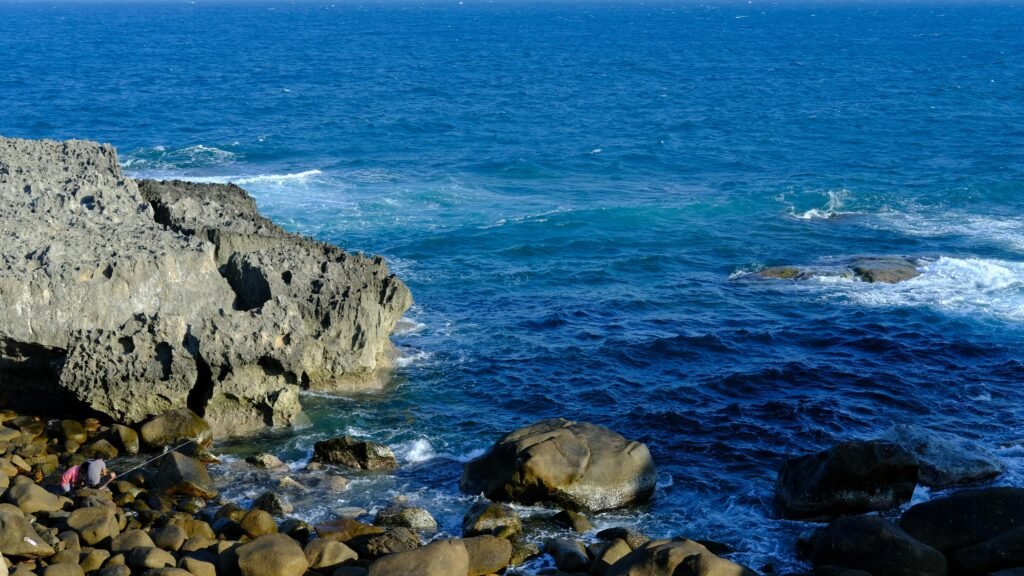
Saltwater can be tough on fishing lines. Different line types handle the corrosive effects of salt in various ways. Let’s look at how monofilament, fluorocarbon, and braided lines perform in saltwater conditions.
Monofilament Line
Mono holds up pretty well in saltwater. It’s a good all-around choice for many anglers. Here’s what you need to know:
- Decent abrasion resistance helps it withstand saltwater wear
- Stretches more than other lines, which can be good for shock absorption
- Tends to absorb water over time, which can weaken it
- Fairly visible in water, which may spook fish
- Affordable and easy to use
You’ll want to change your mono line more often when fishing in salt. Rinse it with fresh water after each use to help it last longer.
Fluorocarbon Line
Fluorocarbon is a top pick for saltwater fishing. It has some great features:
- Very resistant to saltwater damage
- Nearly invisible underwater, which is great for wary fish
- Sinks faster than mono, good for deep water fishing
- Low stretch helps with sensitivity and hook sets
- Excellent abrasion resistance
The downside? It’s pricier than mono. But many anglers find it worth the cost for its saltwater performance.
Braided Line
Braided line is super strong and thin. It’s a favorite for many saltwater anglers. Here’s why:
- Extremely high strength-to-diameter ratio
- Almost no stretch, giving you great sensitivity
- Floats on water, good for topwater lures
- Lasts a long time in saltwater conditions
- Cuts through water easily for long casts
Keep in mind, braid is very visible in water. You might want to use a fluorocarbon leader with it. Also, it can be tricky to tie knots with braid, so practice before you hit the water.
Technique-specific Fishing Lines
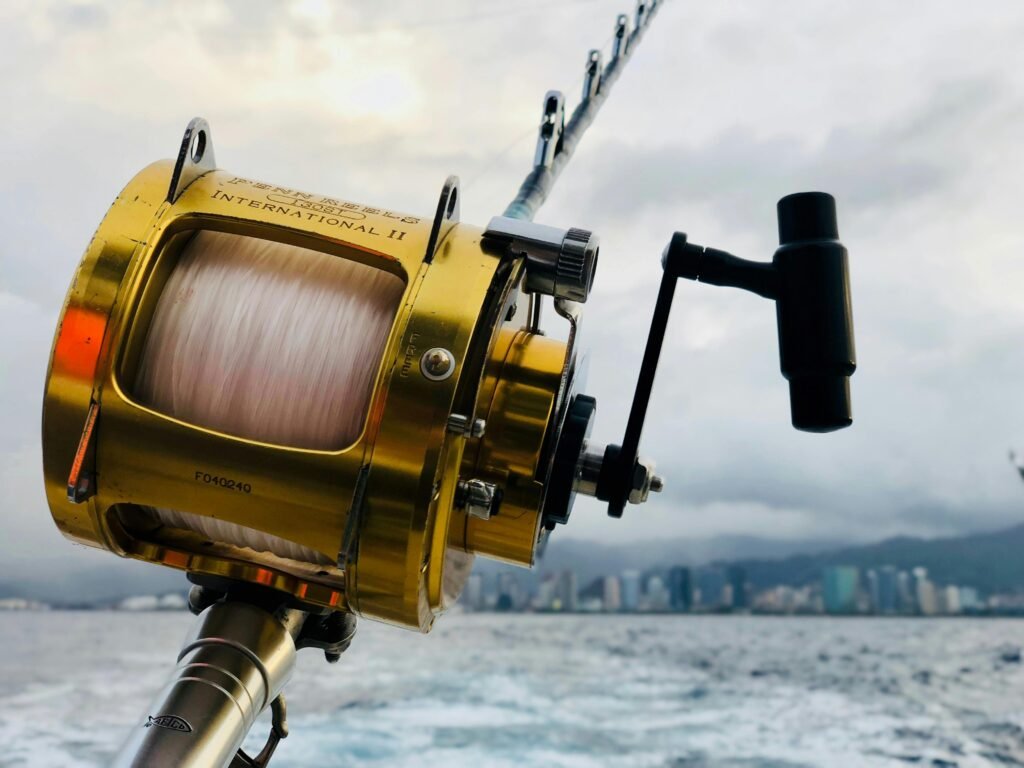
Different saltwater fishing techniques need specific lines for the best results. The right line can make or break your fishing success.
Trolling with the Right Line
For trolling, you’ll want a strong line that can handle the stress of being dragged behind a moving boat. Braided lines are great for this. They’re thin but super strong, letting you use lighter gear without sacrificing power.
Try a 30-50 pound test braid for most trolling. It’ll give you the strength to fight big fish and the sensitivity to feel bites.
Bottom Fishing Line Choices
When you’re dropping baits to the seafloor, you need a line that can stand up to rocks and coral. Monofilament is often the best choice here.
Mono has some stretch, which helps absorb shocks from hard-fighting bottom fish. It’s also more abrasion-resistant than braid.
For bottom fishing, try:
- 20-40 pound test mono for smaller species
- 50-80 pound test for bigger game fish
Berkley Big Game and Ande Premium are solid picks for bottom fishing lines.
Surfcasting Line Selection
Surfcasting demands a line that can cast far and cut through wind. Braided line shines here due to its thin diameter and low wind resistance.
A 20-30 pound test braid will give you great casting distance.
Something like Sufix 832 or KastKing SuperPower braid works.
Pair your braid with a fluorocarbon leader to improve stealth in clear water.
Inshore Fishing
Inshore fishing often means dealing with clear water and wary fish. Fluorocarbon line is your best friend here.
Fluoro is nearly invisible underwater and sinks faster than mono. This helps your lures get down to the fish quickly.
Try 10-20 pound test fluoro for most inshore situations. Some good options are Seaguar InvizX or Sunline FC Sniper.
Fluoro also has great knot strength and abrasion resistance, which is crucial when fishing around docks and oyster beds.
Top Picks for Saltwater Fishing Lines
Let’s look at some top options in braided, monofilament, and fluorocarbon lines that can help you land more fish.
Best Braided Lines

Braided lines are strong and thin, perfect for saltwater fishing.
No matter what. PowerPro is a popular choice, known for its strength and sensitivity. It helps you feel even the lightest bites.
Sufix 832 is loved by many anglers. It’s made with strong fibers that resist fraying. This line also has low stretch, giving you better control when fighting big fish.
For offshore anglers, some Yo-Zuri Braid might be a good option.
Top Monofilament Lines

Monofilament lines are stretchy and forgiving, which can be helpful when fishing for hard-fighting saltwater species. Berkley Trilene Big Game is a classic choice. It’s tough, affordable and can handle big fish.
Sufix Siege is another good mono line. It’s abrasion-resistant, which is important when fishing around rocks or reefs. This line also has good knot strength.
Maxima Ultragreen can also work. It’s a copolymer actually, being nearly invisible in water and has excellent knot strength. This line comes in a wide range of test weights.
Preferred Fluorocarbon Lines

Fluorocarbon lines are nearly invisible underwater, making them great for clear water fishing. Seaguar InvizX is a top pick. It’s very strong and resistant to abrasion.
Seaguar Tatsu is a premium option. It’s super soft, which makes it easy to cast and tie knots. This line also has excellent sensitivity.
For a more budget-friendly choice, try Berkley Trilene 100% fluorocarbon. It’s still high-quality and nearly invisible, but costs less than some other fluorocarbon lines.
Pro Tips for Line Maintenance and Longevity
Taking care of your saltwater fishing line helps it last longer and perform better. Here are some tips to keep your line in top shape:
Rinse your line with fresh water after each use. This removes salt and debris that can damage it over time.
Store your fishing gear in a cool, dry place away from direct sunlight. UV rays can weaken the line and reduce its strength.
Use line conditioner to keep it supple and reduce memory. This can improve casting distance and prevent tangles. You can check out this line conditioner.
Tie strong knots to maximize your line’s durability. Practice knot-tying techniques to increase knot strength and prevent breakage.
Don’t overload your reel with too much line. This can cause tangles and reduce casting performance.
Change your line periodically, even if it looks fine. Old line can become weak and brittle, increasing the risk of losing fish.
Use line spooling tools to ensure even distribution on your reel. This prevents line twist and improves casting.
Consider using leader material to protect your main line from abrasion and toothy fish.
Clean your rod guides regularly to prevent buildup that can damage your line.
Frequently Asked Questions
Choosing the right fishing line for saltwater is key. The best options depend on your gear, target fish, and fishing spot. Here are answers to some common questions about saltwater fishing lines.
What type of fishing line should I use for a spinning reel in saltwater?
For spinning reels in saltwater, braided line often works well. It’s thin and strong, letting you cast far. You can use 20-30 lb test braid for most saltwater fishing. Add a fluorocarbon leader to make your line less visible to fish.
Can you suggest a durable fishing line for saltwater pier fishing?
For pier fishing, try a tough monofilament line. Trilene Big Game is a good choice. It can handle rough surfaces and big fish. Use 20-30 lb test line for most pier fishing. It’s strong enough for big catches but still easy to cast.
What color fishing line is most effective in saltwater environments?
Clear or blue fishing lines blend in best with saltwater. They’re harder for fish to see. Green can work too, especially in murky water. For deep water, try pink or orange line. These colors fade and become less visible as you go deeper.
For saltwater fishing, is monofilament or braided line better?
Both mono and braid have their place in saltwater fishing. Braid is strong and sensitive, great for deep water. Mono stretches more and is more forgiving. It’s good for top-water lures. Many anglers use braid with a mono leader for the best of both.
When surf fishing, should I choose mono or braid for the best results?
For surf fishing, braid often works best. It cuts through wind better for longer casts. It’s also more sensitive, helping you feel bites in the waves. Use 30-50 lb test braid for surf fishing. Add a mono or fluoro leader to prevent fish from seeing your line.
What is the ideal pound test line for general saltwater fishing?
For general saltwater fishing, 20-30 lb test line is a good starting point. This strength works for many fish species. If you’re after bigger fish, go up to 50 lb test. For smaller fish or clearer water, you might drop down to 15 lb test. Always match your line to your target fish and fishing conditions.

